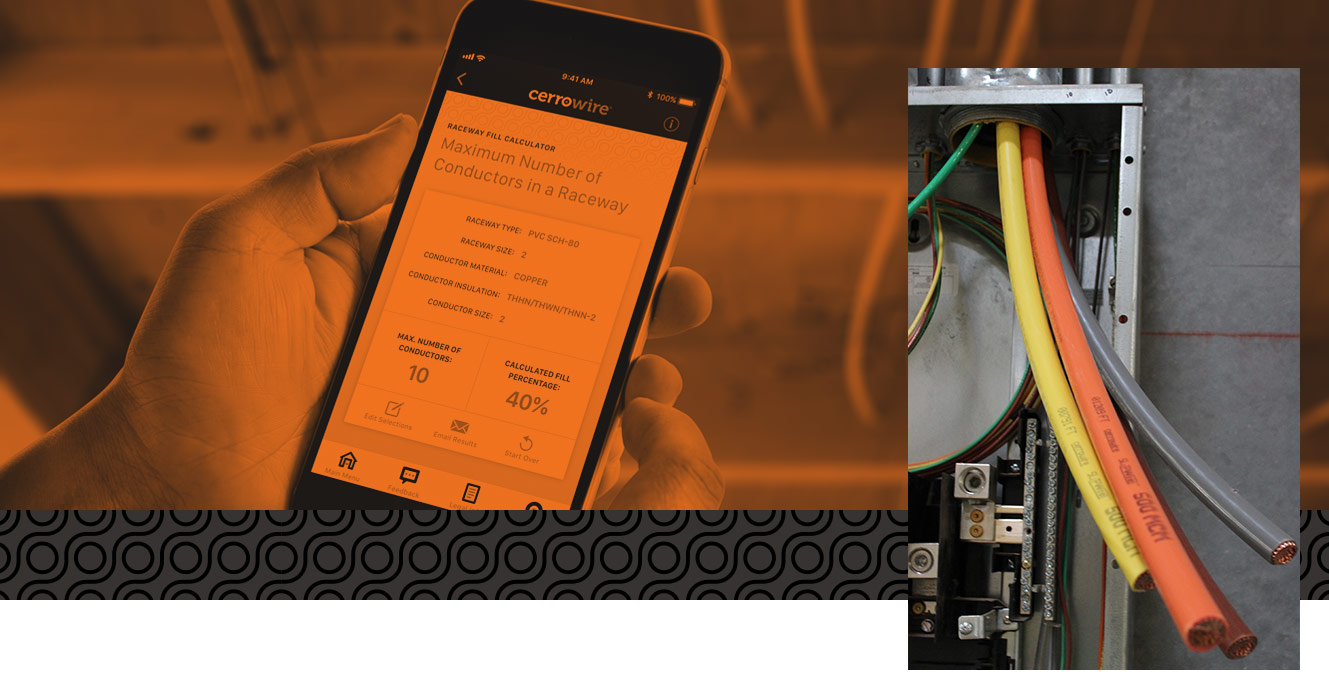Hoping to get clarity as I know the gen 3 wall connector will only do 48A (80% of the 60A breaker) but my question is, would it be safe to connect to a 80A breaker?
Current home has a 80A breaker in the garage. One Tesla approved electrician is saying no issue, they can connect to it and it will just pull 48A max anyway. Another Tesla approved electrician is saying they will need to charge me to change it to a 60A.
Current home has a 80A breaker in the garage. One Tesla approved electrician is saying no issue, they can connect to it and it will just pull 48A max anyway. Another Tesla approved electrician is saying they will need to charge me to change it to a 60A.



